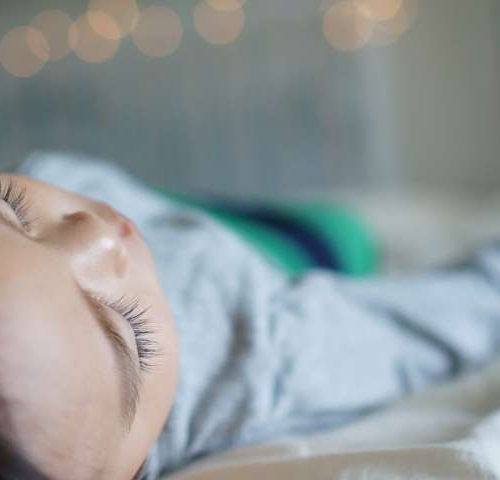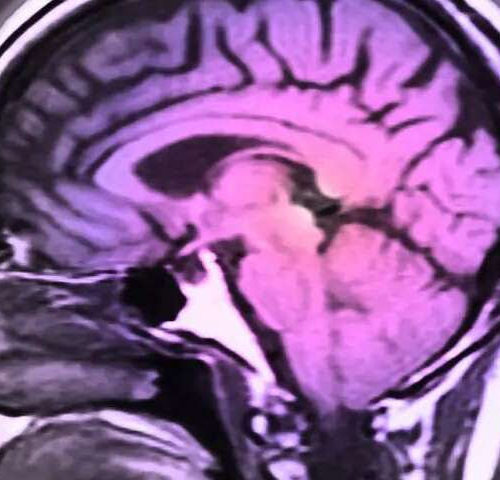by Hillary Smith, University of Kentucky An article recently published in The Journal of Rheumatology by UK Health care’s Jagannadha (Jay) Avasarala, M.D., Ph.D., professor of neurology, outlines the promise of point of care ultrasound (POCUS) in the diagnosis of Giant Cell Arteritis (GCA). Misdiagnosis or a missed diagnosis of GCA can result in blindness...
Tag: <span>neurologistics</span>
Melatonin linked to improved brain function in child concussion
by Kartik Iyer, University of Queensland Melatonin could improve brain functions related to sleep quality in children recovering from concussion, according to a University of Queensland study. Using the latest brain mapping techniques, researchers examined Magnetic Resonance Imaging (MRI) scans from 62 children before and after taking melatonin or a placebo in a randomized clinical...
CBD may help avert lung destruction in COVID-19
MEDICAL COLLEGE OF GEORGIA AT AUGUSTA UNIVERSITY DRS. JACK YU AND BABAK BABAN view more CREDIT: PHIL JONES, SENIOR PHOTOGRAPHER, AUGUSTA UNIVERSITY Cannabidiol, or CBD, may help reduce the cytokine storm and excessive lung inflammation that is killing many patients with COVID-19, researchers say. While more work, including clinical trials to determine optimal dosage and...
Not all multiple sclerosis-like diseases are alike
An antibody appears to make a big difference between multiple sclerosis and other disorders affecting the protective myelin sheath around nerve fibres, report Tohoku University scientists and colleagues in the journal Brain. The finding suggests that some of these ‘inflammatory demyelinating diseases’ belong to a different category than multiple sclerosis, and should be treated according...
Some COVID-19 patients stricken by Guillain-Barre syndrome
by E.j. Mundell, Healthday Reporter (HealthDay)—Studies are beginning to show that, in rare cases, people with severe COVID-19 may develop the serious nervous system disorder known as Guillain-Barre syndrome. “Guillain-Barre syndrome is a well-known condition in which one’s immune system targets peripheral nerves as foreign and attacks them, resulting in the cardinal features of the...
Building the first holographic brain ‘atlas’
by Mike Scott, Case Western Reserve University A team of researchers, led by Case Western Reserve University scientists and technicians using the Microsoft HoloLens mixed reality platform, has created what is believed to be the first interactive holographic mapping system of the axonal pathways in the human brain. The project, described by researchers as a “blending of advanced visualization hardware,...




